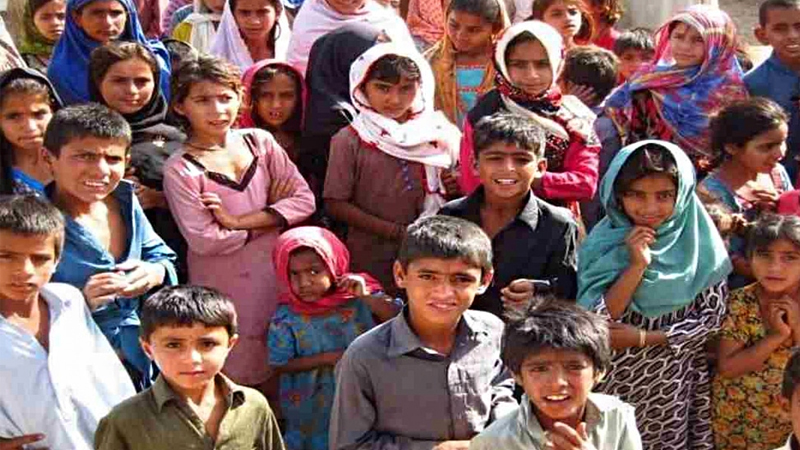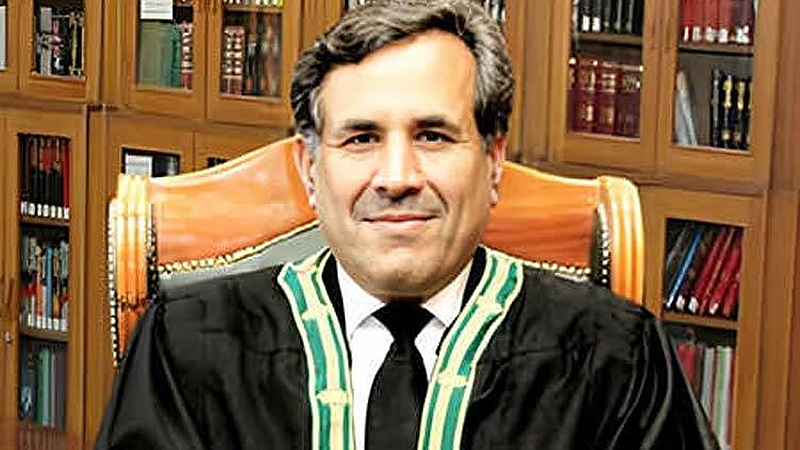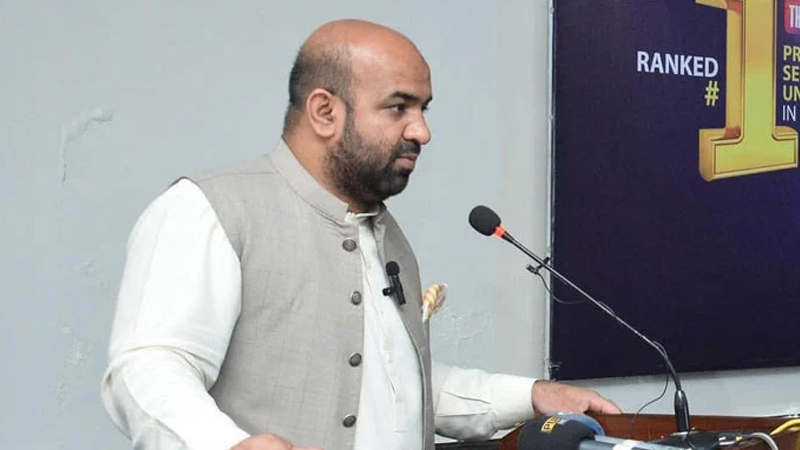Baluchistan has seen the fastest population growth in Pakistan, with a 3.2% increase in 2023, while Khyber Pakhtunkhwa had the slowest growth at 2.38%. Overall, Pakistan’s population grew by 2.55% last year.
Since 1961, Pakistan’s population growth rate has changed. It was 2.45% in 1961, reached 3.69% in 1972, then dropped to 2.55% recently. Pakistan now ranks 191st globally for population growth, with 27 countries having faster growth rates. If this trend continues, Pakistan’s population will double by 2050.
In 2023, Pakistan’s population reached 241,499,431, up from 33,740,167 in 1951. Punjab remains the most populous province with 52.9% of the population, though its share has decreased since 1951. Baluchistan’s population share has grown from 3.5% to 6.2% over the same period. Islamabad is also growing despite its small size.
From 2017 to 2023, Baluchistan had the highest growth rate of 20.75%, while Khyber Pakhtunkhwa had the lowest at 15.08%. Population density has increased significantly, from 42.4 people per square kilometer in 1951 to 303.4 in 2023. Islamabad has the highest density at 2,609 people per square kilometer, while Baluchistan has the lowest at 42.9.
In Karachi, the most densely populated areas are Karachi Central and Korangi, with densities of 5,779 and 28,972 people per square kilometer, respectively. In contrast, districts like Awaran and Chagai in Balochistan have very low densities, ranging from 6 to 22 people per square kilometer.
In Punjab, cities such as Lahore, Gujranwala, and Faisalabad have high population densities, while districts like Bahawalpur and Rajanpur have lower densities. In Sindh, Karachi’s districts are densely populated, whereas areas in interior Sindh are more sparsely populated.
The literacy rate for people over 10 years old in Pakistan is 61%.











Leave a Reply